The Closest Supermassive Black Hole To Earth Is A Cosmic Accident
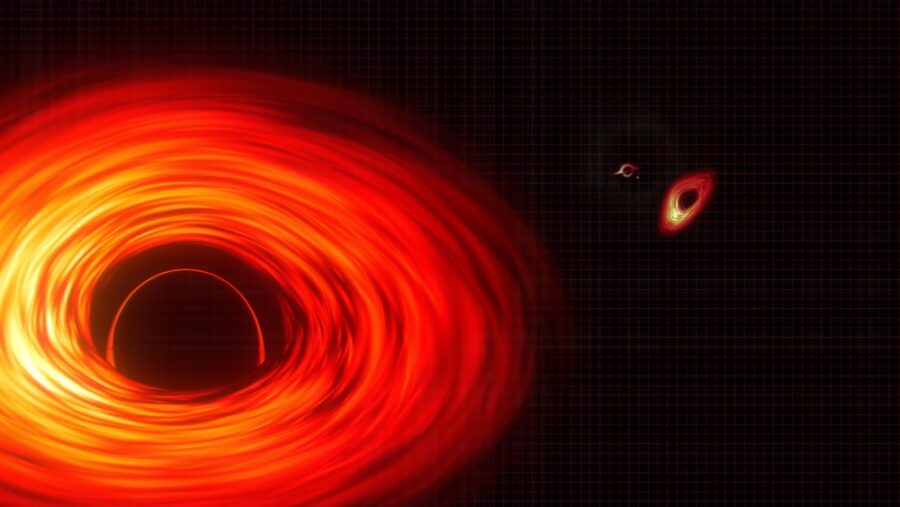
Black holes scattered across the universe have long been the subject of wonder and mystery, fascinating everyone from armchair astronomers to physicists and inspiring generations of science fiction writers.
A supermassive black hole that lies near our solar system is breaking a lot of the norms associated with these cosmic phenomena, and scientists may well have figured out why. The Sagittarius A* black hole is likely the result of a “cataclysmic merger” between it and another massive black hole billions of years ago, a collision that is still impacting it.
Supermassive Black Hole
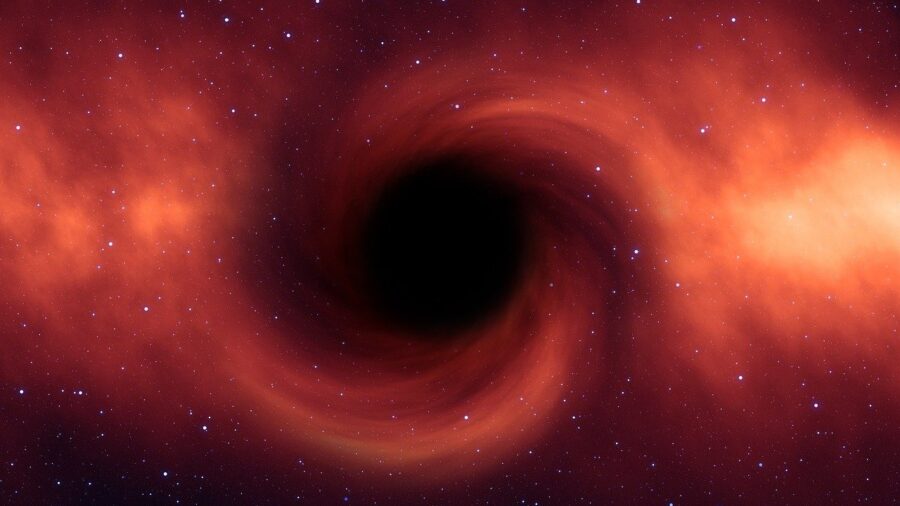
In a recent study published in Nature Astronomy, researchers revealed findings from images captured from the Event Horizon Telescope that show bright, spiraling field lines of magnetism emitted from the supermassive black hole.
This particular black hole does not behave in the ways that astronomers have observed from others of its type. Its spin isn’t aligned, and its orientation is out of whack. This, according to the study’s lead author Yihan Wang, is indicative of a massive collision.
No Light Can Escape
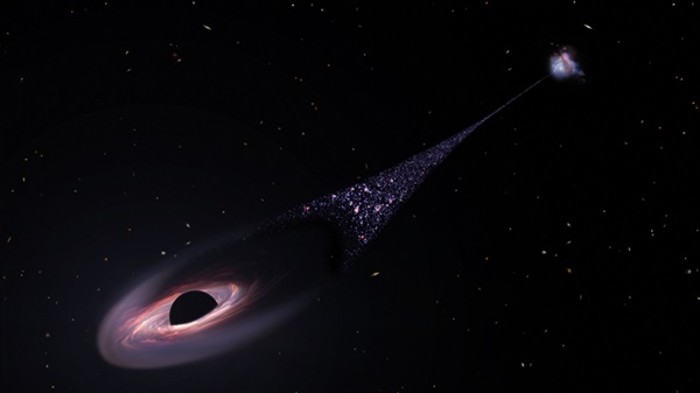
Sagittarius A* is such a supermassive black hole that it registers as .0003% of the Milky Way’s total mass. For perspective’s sake, the total mass of the galaxy is more than 1.5 trillion times the mass of the Earth’s sun, making the black hole in question 51.8 million kilometers in diameter.
How the supermassive black hole was originally formed is likely similar to others. When a giant star burns out and collapses on itself, the result is a mass so dense that not even light can escape it.
These mysterious bodies will suck in anything that gets too close, including other black holes that might orbit a little to close.
Center Of The Milky Way
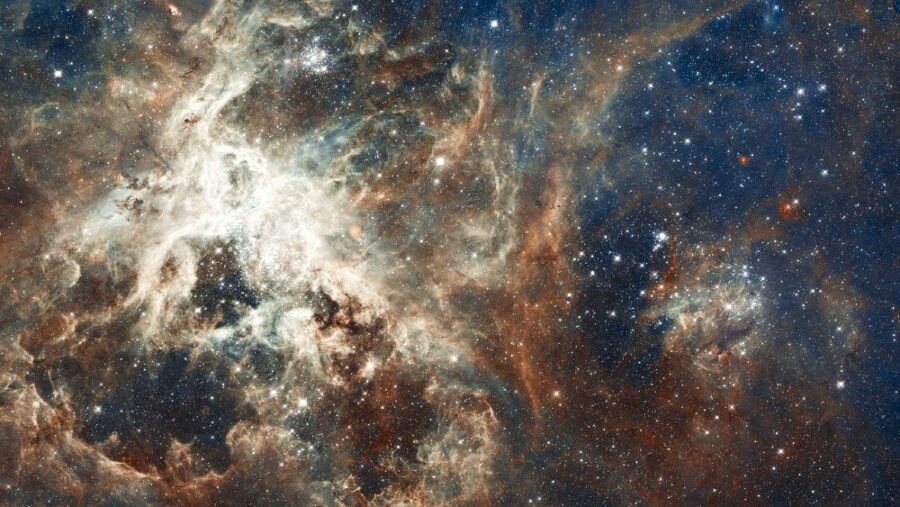
It’s believed that Sagittarius A* is so powerful that it routinely sucks in great amounts of orbiting matter and then ejects them at speeds near the speed of light.
This supermassive black hole’s location at the center of the Milky Way galaxy, coupled with its observed behavior, lend credence to the theory that it is one of the bodies most responsible for shaping the galaxy since it began to take form more than 13.6 billion years ago.
Event Horizon Telescope Looking To The Sky
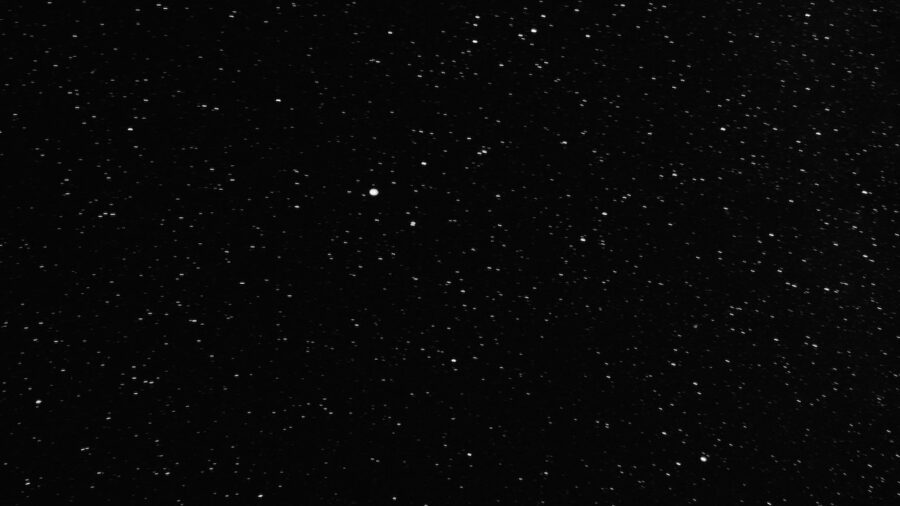
Sagittarius A* was discovered in 1974 by Robert L. Brown and Bruce Balick and is located near the border of constellations Scorpius and its namesake, Sagittarius. The supermassive black hole shows bright in the Event Horizon Telescope images.
The supermassive black hole has several stars that orbit it, including the highly studied star S2, which has been monitored by astronomers since 1995. Its orbit takes more than 16 years to complete, and so far it’s not come close enough to Sagittarius A* to get sucked into the void.
The Latest Black Hole Theories
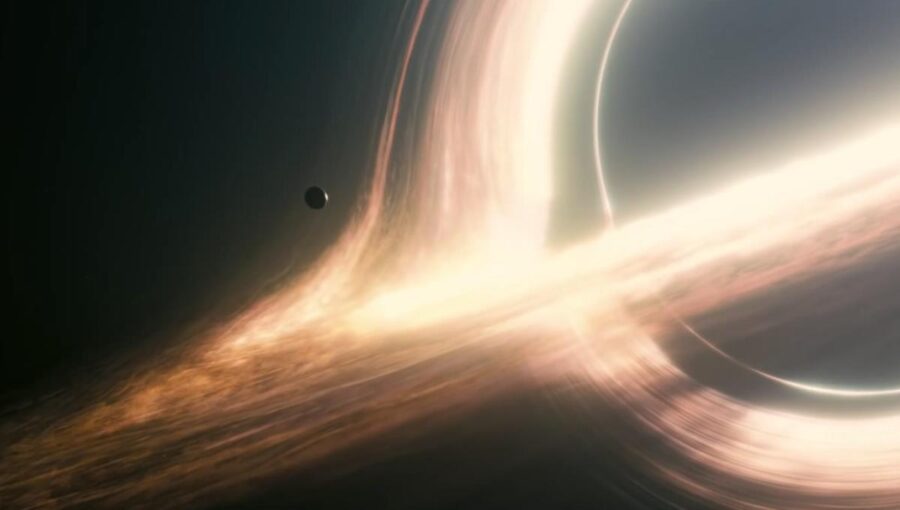
The Event Horizon Telescope that has led to the latest theories surrounding the supermassive black hole was launched in 2009.
Aside from its observations of Sagittarius A*, the equipment has been used to study and provide images for various other bodies that include Centaurus A, radio quasar NRAO 530, and the M87 black hole.
Sources: Nature Astronomy













